What happens when a super GM thinks for 35 minutes?
"While solving positions in your practice sessions, don't think for more than 20 minutes!" Have you got this advice before? The logic? Usually in an actual game we do not spend more than 20 minutes for any move or decision, so we shouldn't be spending a lot of time for our decisions in practice sessions as well. But then every now and then comes a moment when in a game between two super GMs, one of them digs down deep and thinks for over 30 minutes! In the case of the game between Wei Yi and Sergey Karjakin at the Jerusalem Grand Prix 2019, we saw a position in which the young Chinese GM thought for 35 minutes! What was Wei Yi thinking at this point? What was going through his head? In this article, IM Sagar Shah tries to decode the thinking of a super GM step by step!
Wei Yi achieved his chess milestones so quickly, that in spite of being just 20 years old, he already seems like an established GM at the elite level. He became a 2700+ GM at the age of just 15, the youngest ever to achieve this feat in the history of the game. Since the last five years, he has been trying to break into 2750 range, but has been unsuccessful. There is absolutely no question about his talent, but when it takes you over five years to gain 50 Elo points, one begins to wonder whether he has it in him to become a World Champion in the future. Well, what you are going to see now will convince you about the Chinese grandmaster's abilities.
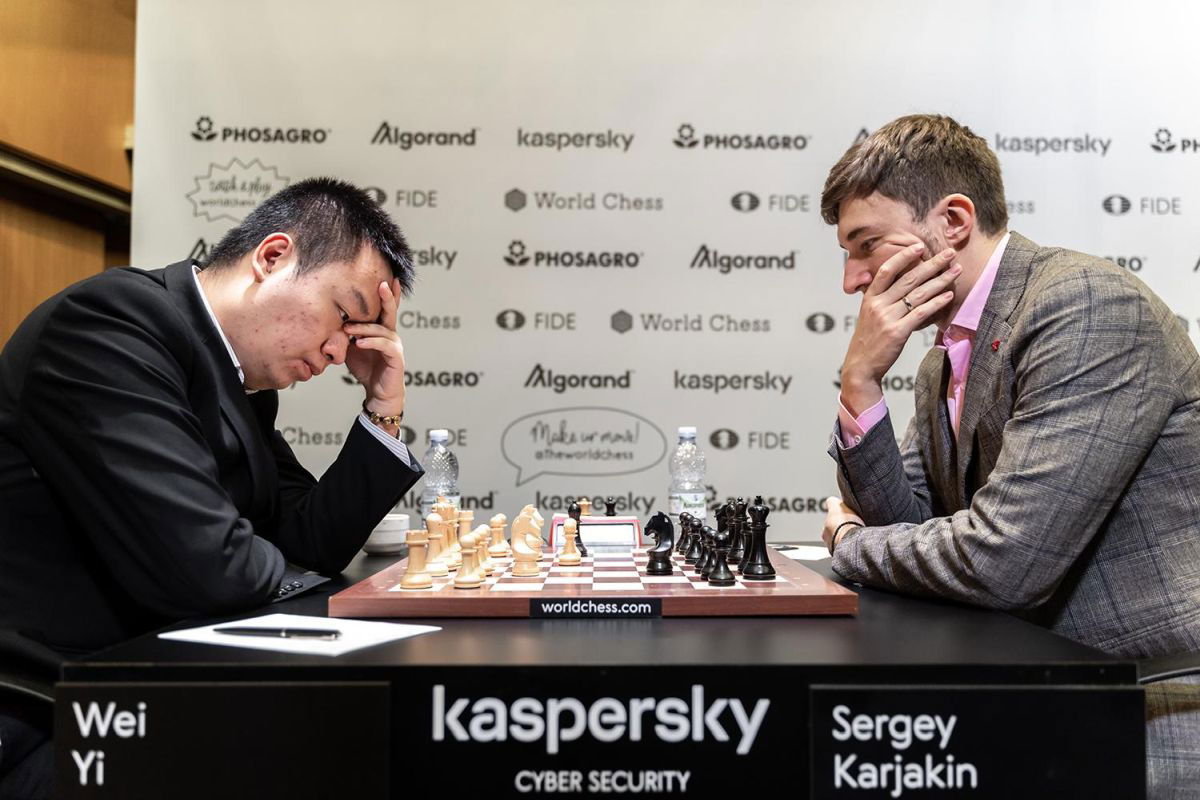
There is a well-known saying that while trying to work on chess at home, trying to solve positions/studies, you mustn't think for more than 20-25 minutes. That's the maximum time you take for a move in a practical game. So, there is no point in overthinking. However, in the second game of their match at the Jerusalem FIDE Grand Prix 2019 Wei Yi thought for 35 minutes for one of his moves. What was the 2725 rated GM thinking? Let's try to get inside his head and understand the depth of his calculations.
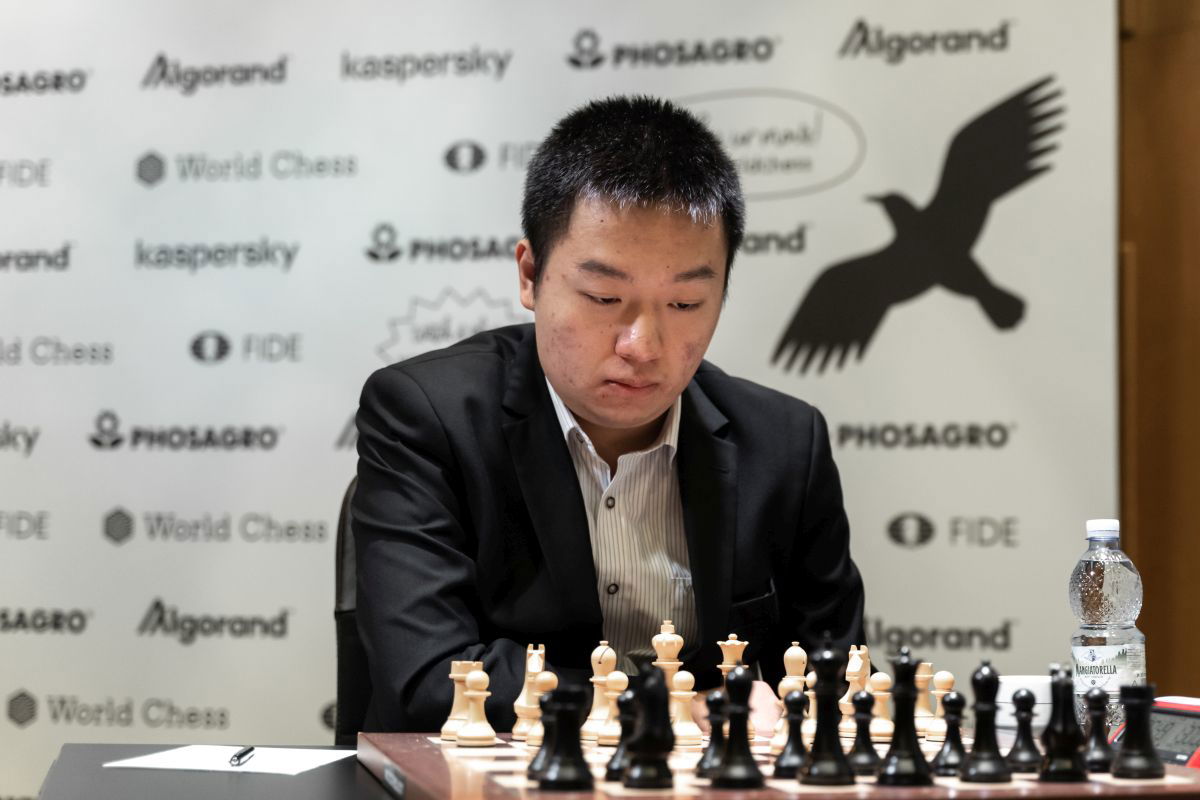
Wei Yi vs Karjakin
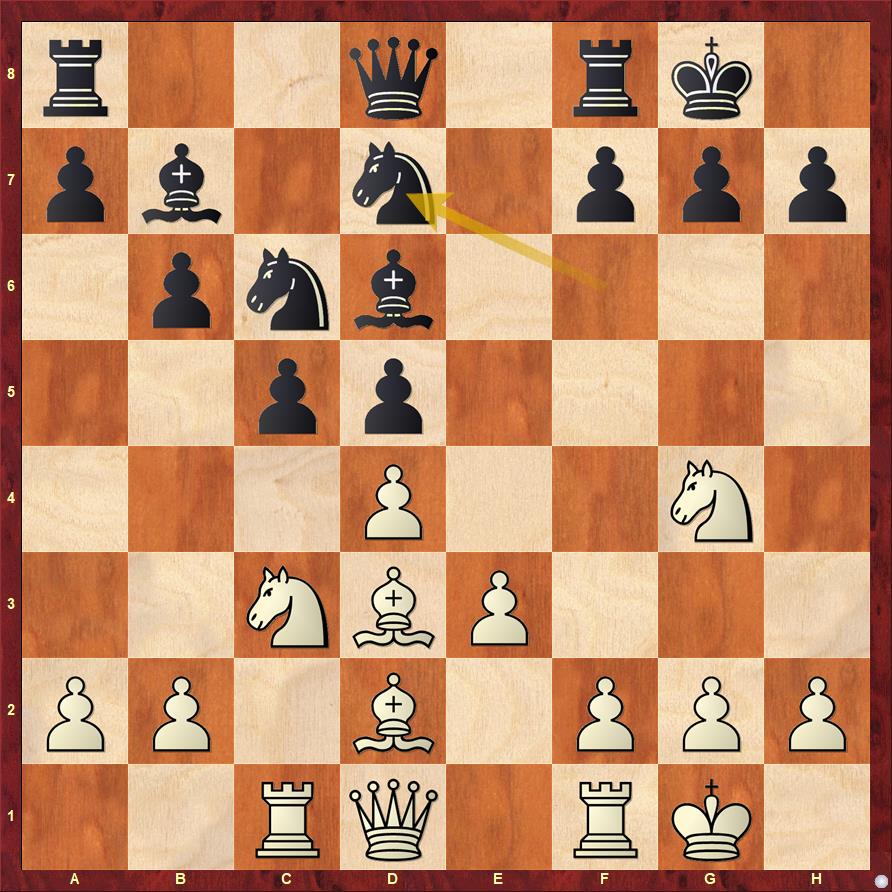
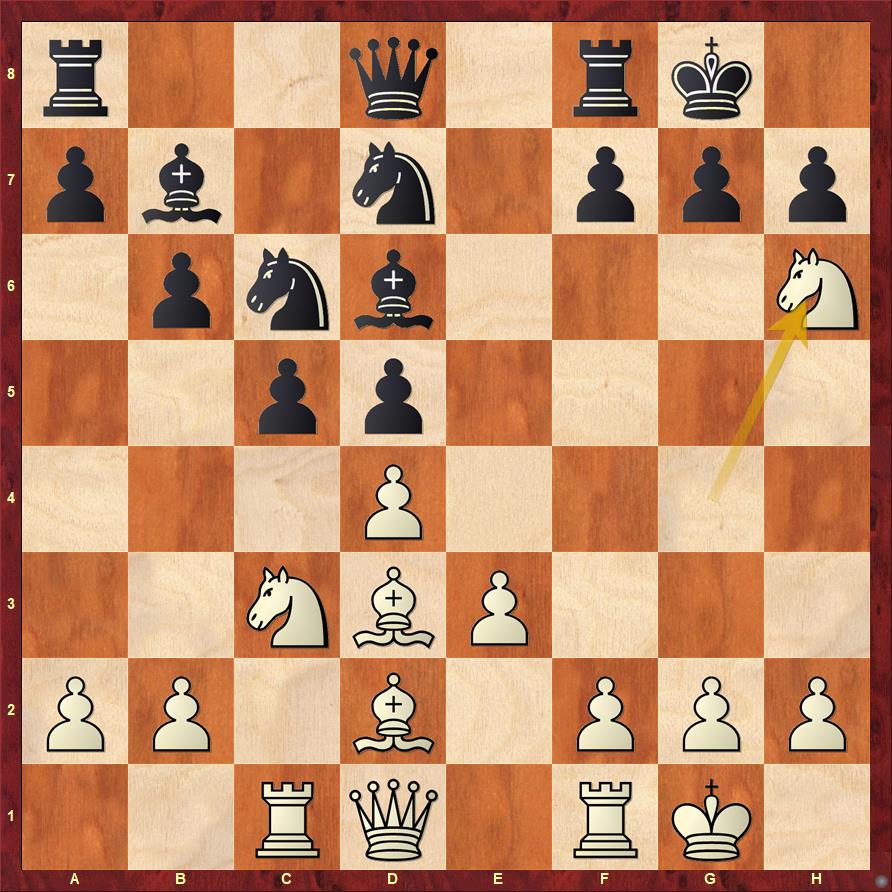
Karjakin had to take the knight. If he goes Kh8, then after Qh5, it is all over. f7 is hanging, so is d5 and White is just better. After 13...gxh6 14.Qg4+ Kh8 White found 15.Qf5! Now there is a mate on h7 and the only way to defend it is with 15...Nf6.
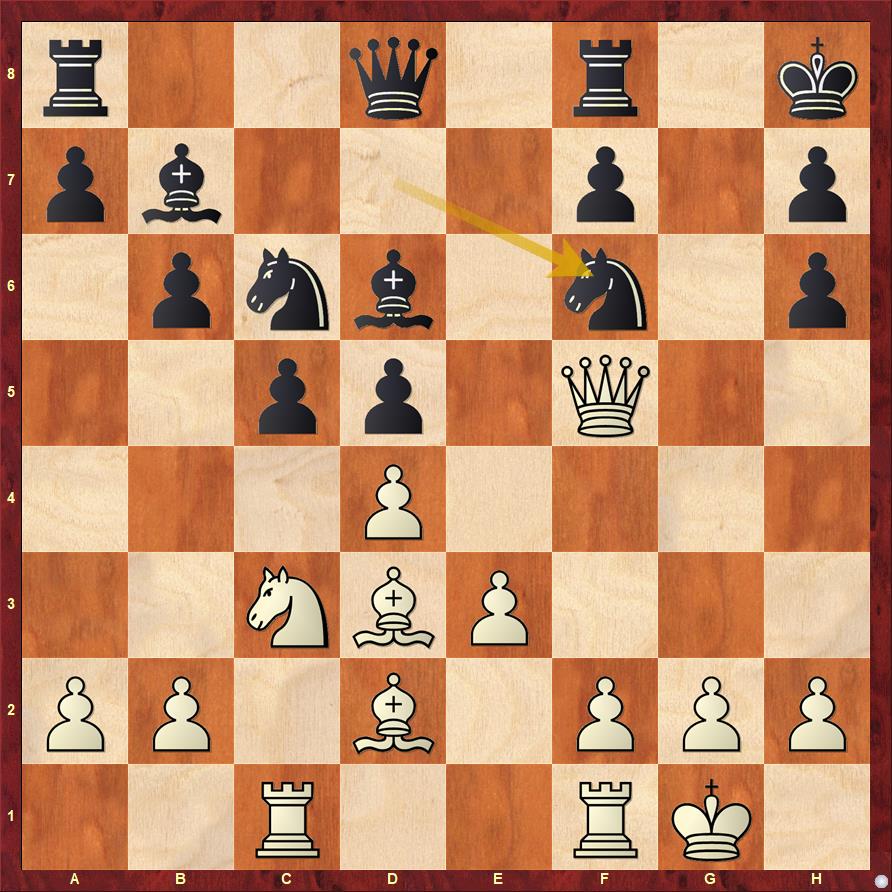
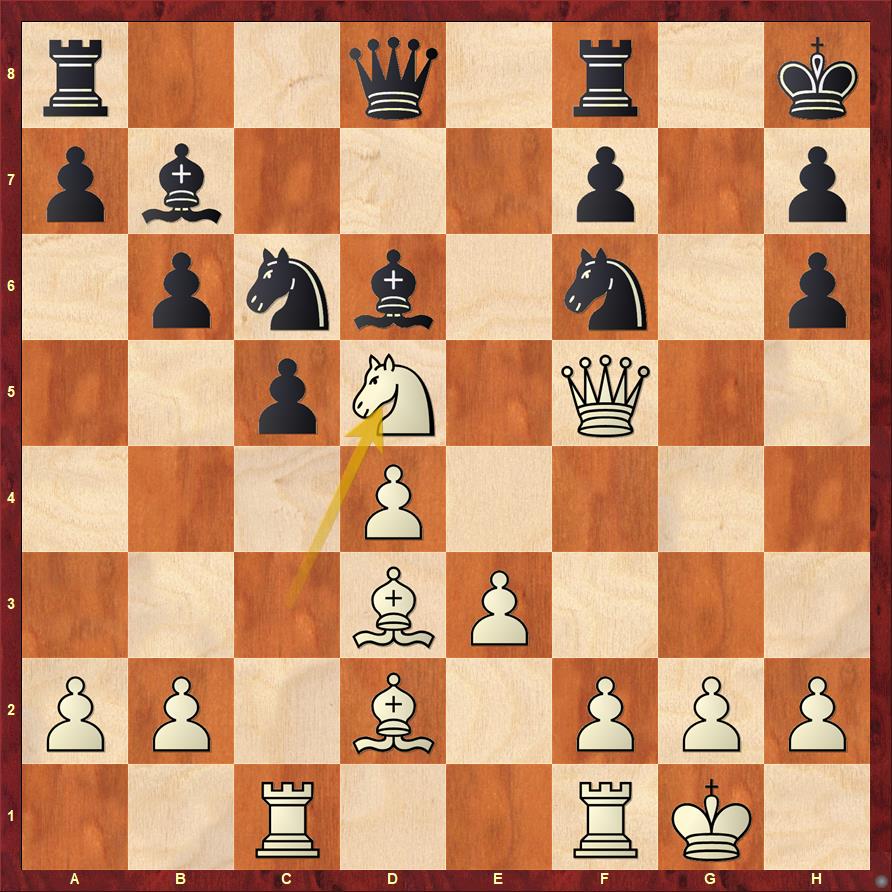
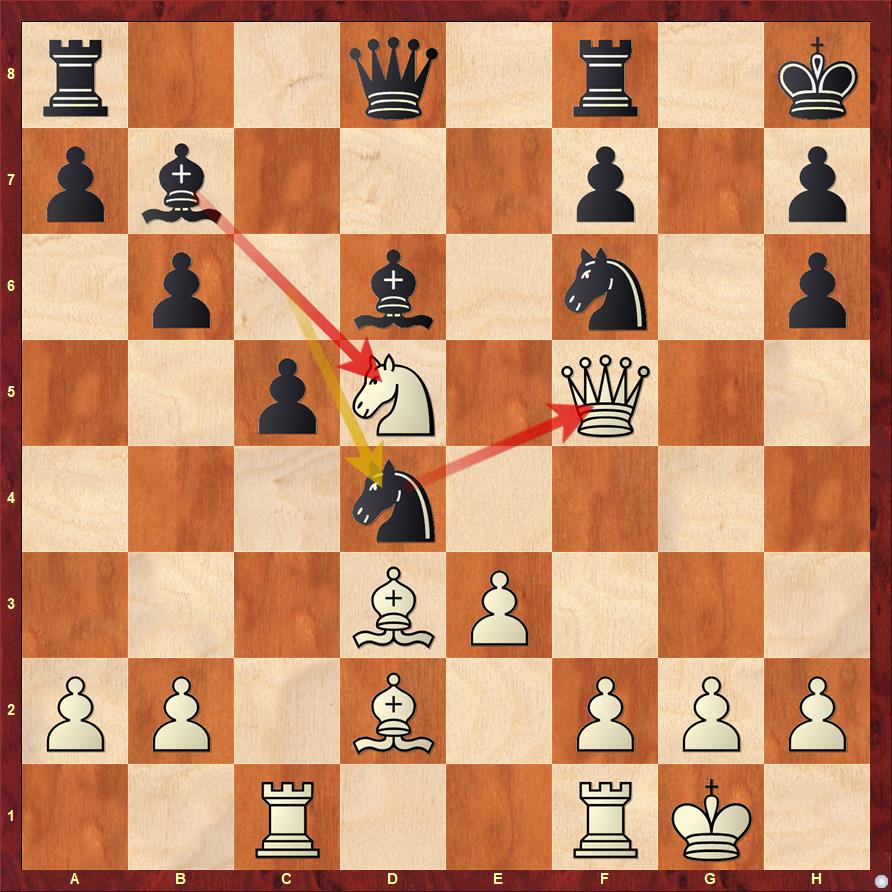
Taking on d4 would mean that Black is just a piece down after Bxd5. Hence Wei Yi went ahead and recovered his piece with 17.Qxf6 Qxf6 18.Nxf6
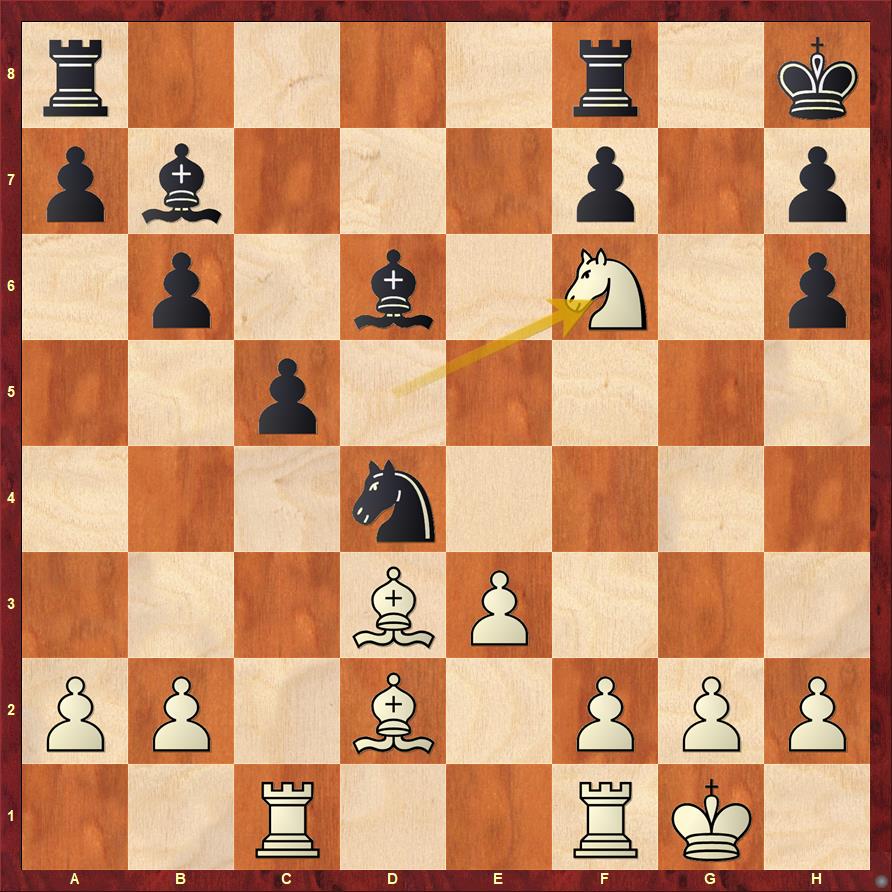
If you stopped your calculation at this point with the assessment that White is better (or slightly better), no one is going to blame you. The knight on d4 is hanging and if it retreats, White can build up an attack with Bc3. Also the h7 pawn can be gobbled up at some point. However, if you are a staunch defender like Karjakin, or you always like to see the best resources for your opponent, then you will find...
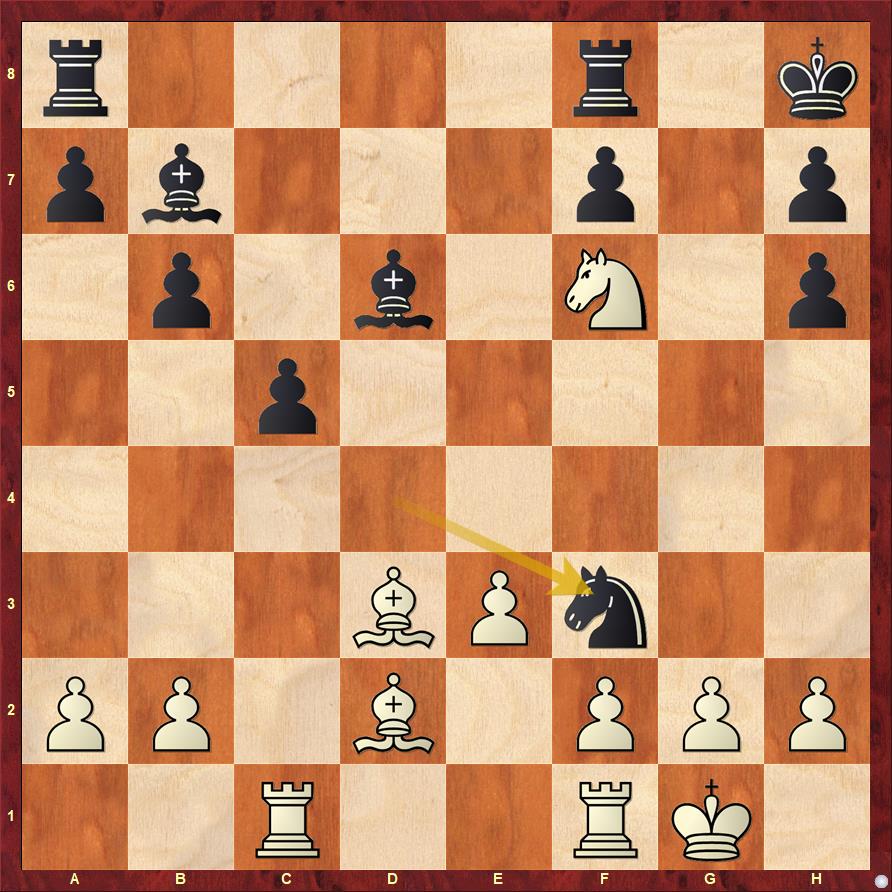
The knight has to be taken or else the bishop on d2 hangs. After 19.gxf3 Rg8+! The rook is taboo as after Nxg8 Rxg8 Kh1 Bxf3# is a very nice and pretty mate! 20.Ng4
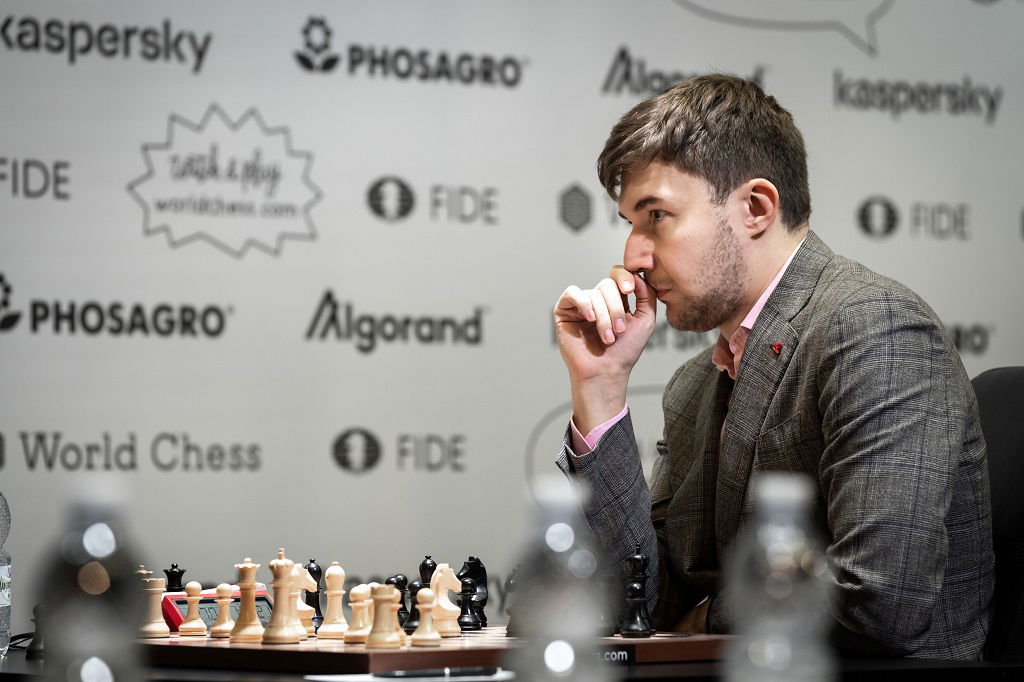
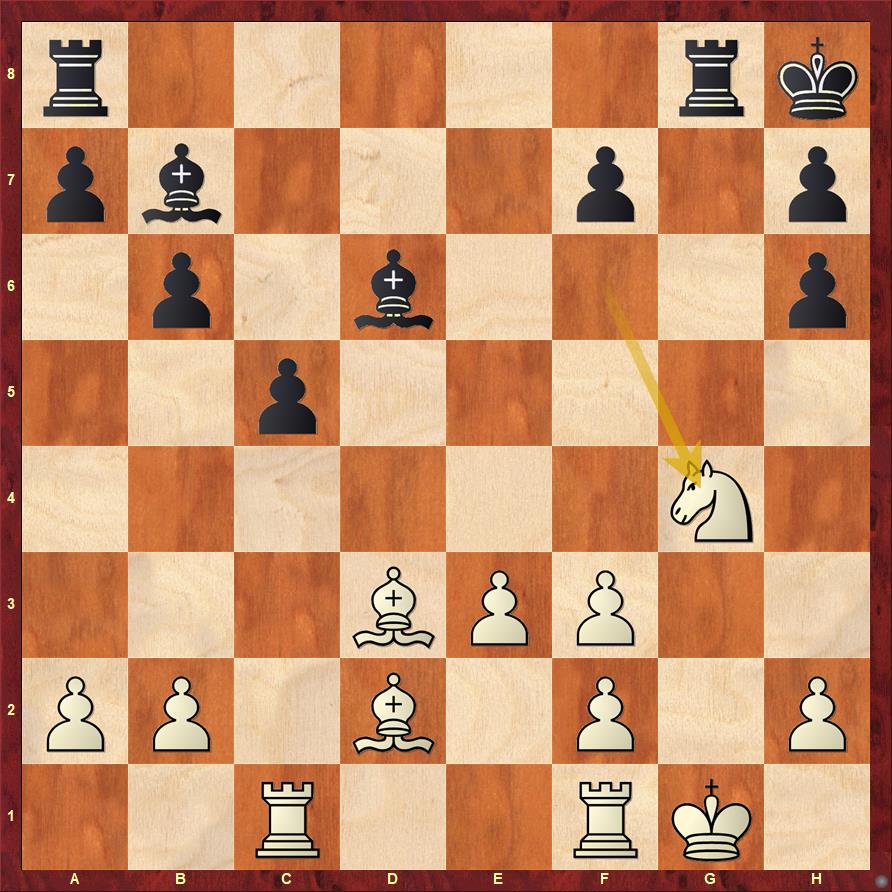
What are the immediate threats and what are the long term trumps for both sides. If you look closely the short term problem that Black has to solve is Bc3+ That's the reason why he cannot rush in to win his piece back with Bxf3 or h5. From the long term perspective, what you also realize is that Black's queenside is powerful, so White has to be careful not to end up in a passive endgame.
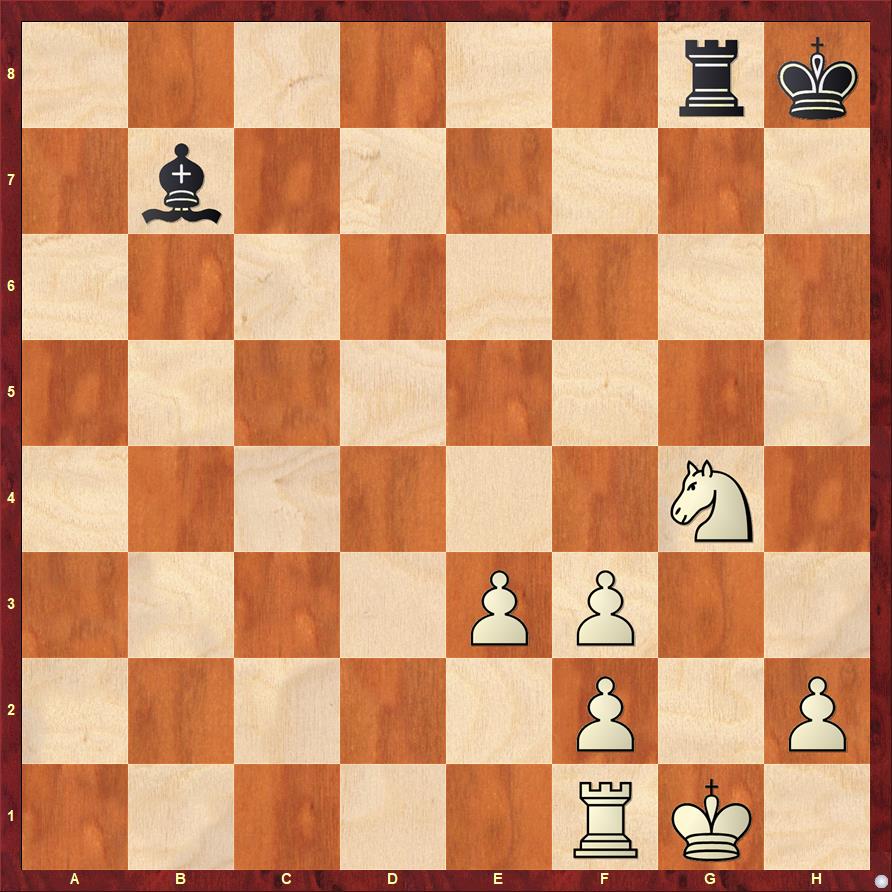
The top players are really good at chunking. It means taking a relevant chunk out of a position and understanding it deeply in their mind. They don't even make an effort for this. It happens at a subconscious level. What Karjakin (and also Wei Yi) would do in such situations is understand the above chunk and the elements in it interacting with each other. Black realizes that for the white knight to get out of the pin is not so easy. Until the king is on g1 it is perennially pinned by the rook on g8 and if the king moves to h1 (after defending f3), still the knight is undefended, because the f3 pawn is pinned by the bishop on the long diagonal. So in a way, if White wants to get out of the pin, he must either go for h3-Kh2 or move the f1 rook and get the king to f1. Both of this takes at least two moves and Black can use that leeway to do something else in the position.
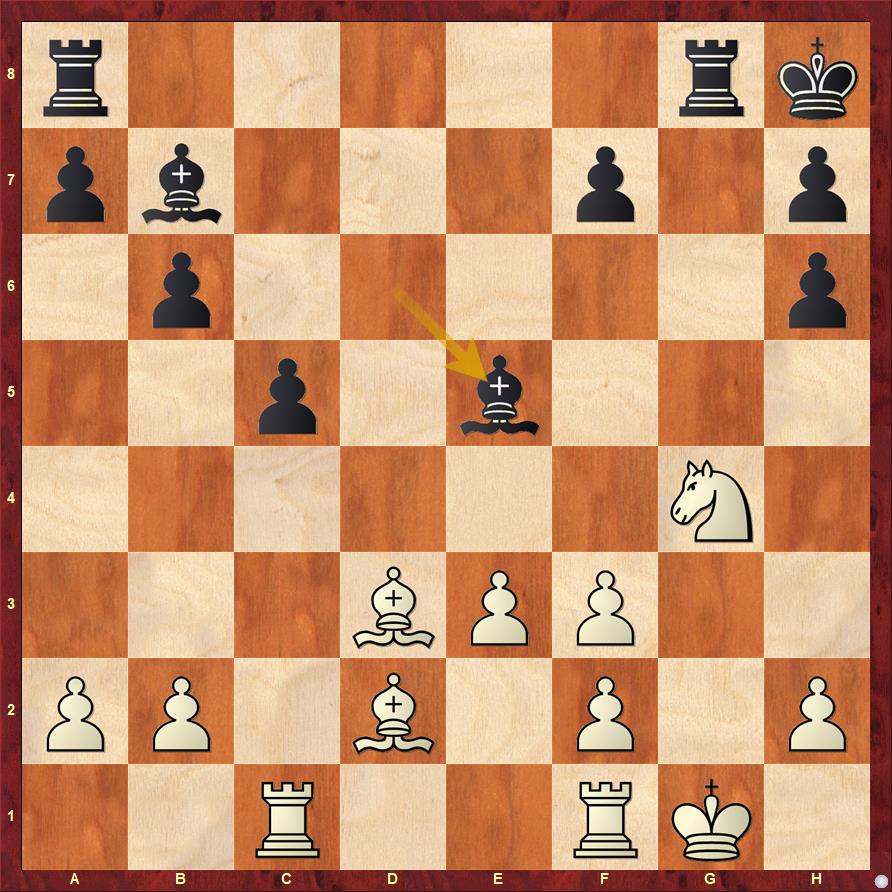
20...Be5! was a powerful move by Sergey. It prevents Bc3 ideas and now attacks b2 as well as the f3 pawn. White defended his f3 weakness with 21.Be2. The best move in the position. Now Black has a real choice. He can take the pawn on b2 or just attack the knight on g4 with ...h5. Attacking the knight with ...h5 would mean that White has several ways to get a small edge. b3, b4 or even Bc3 all look pretty interesting. Hence Sergey went for the most ambitious move 21...Bxb2!
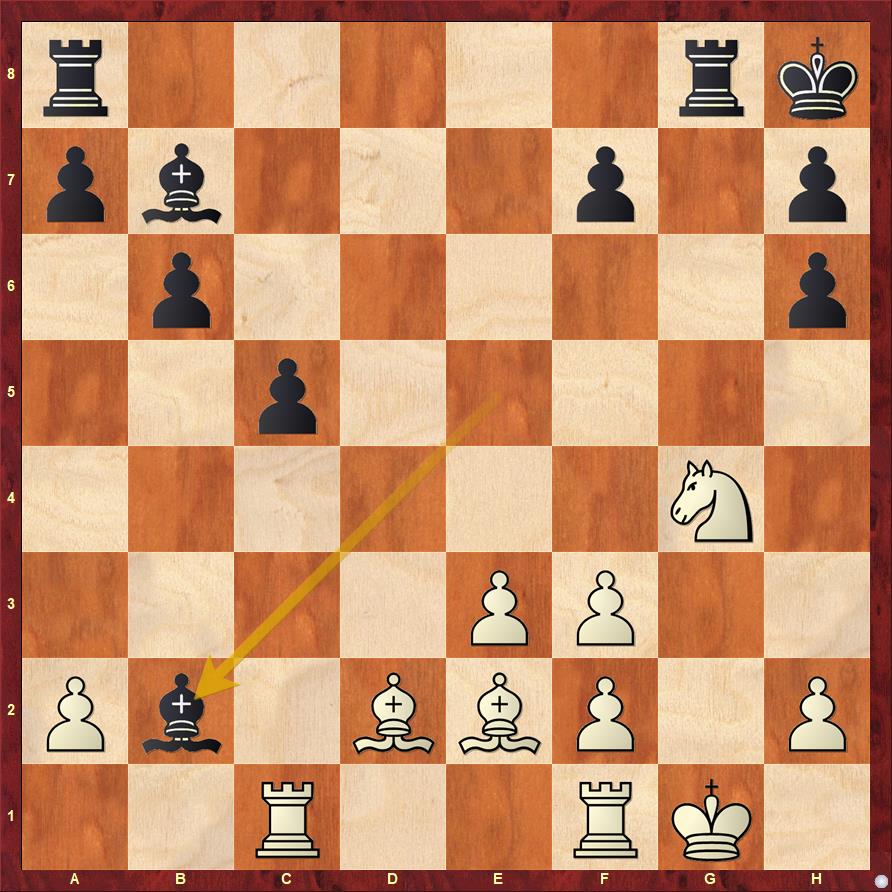
If White moves the rook, the bishop just goes back to f6, and from the chunking diagram we remember that the knight is not running away here. So next comes ...h5 and Black would be the one calling the shots. Wei Yi had to come up with something special here and this he did! What did he play?
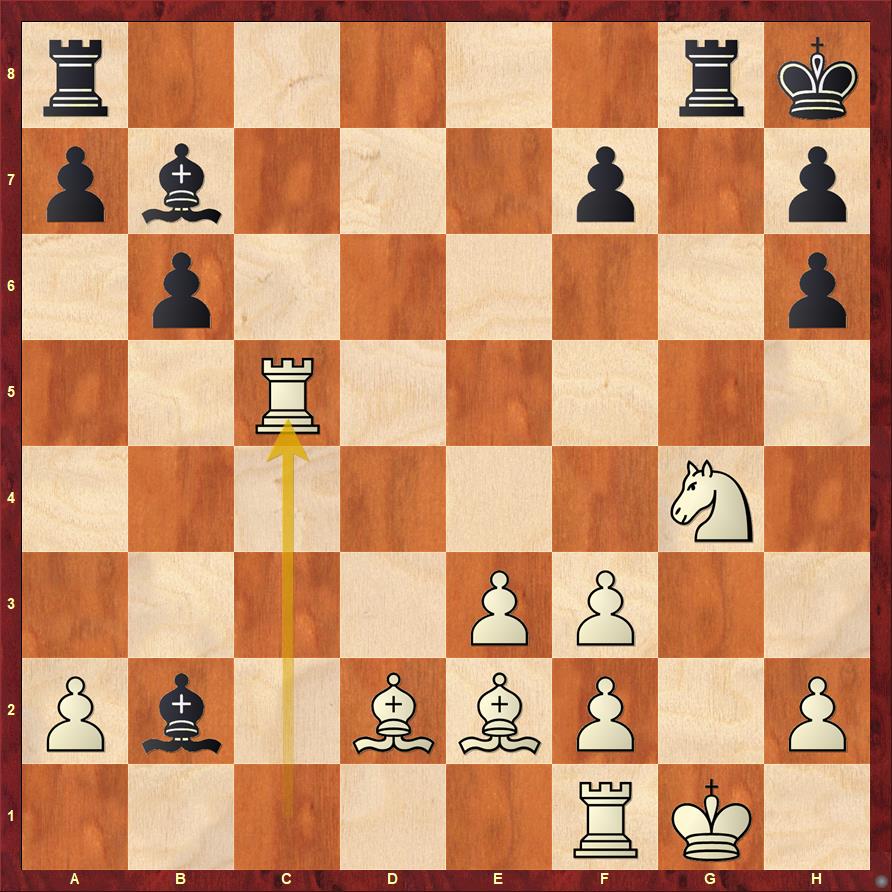
22.Rxc5!! Simply brilliant. And bear in mind, he calculated this when he played 13. Nh6+!! The rook on c5 has to be taken. After 22...bxc5 23.Rb1 Bg7 24.Rxb7 we reach a position that is less about calculation and more about assessment.
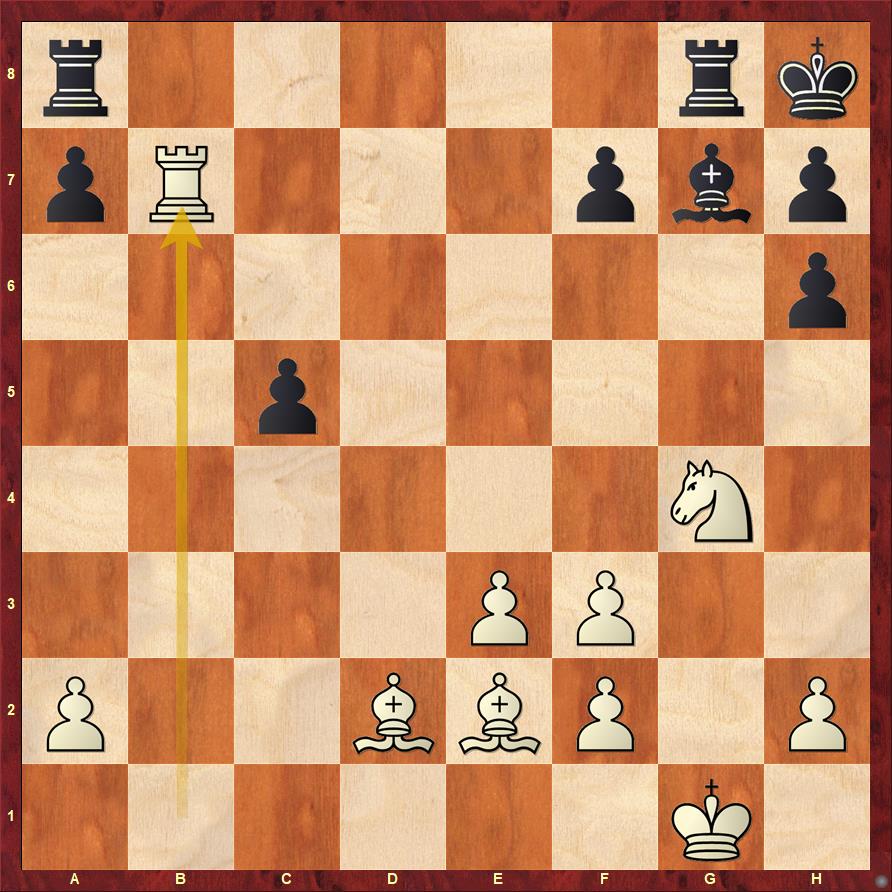
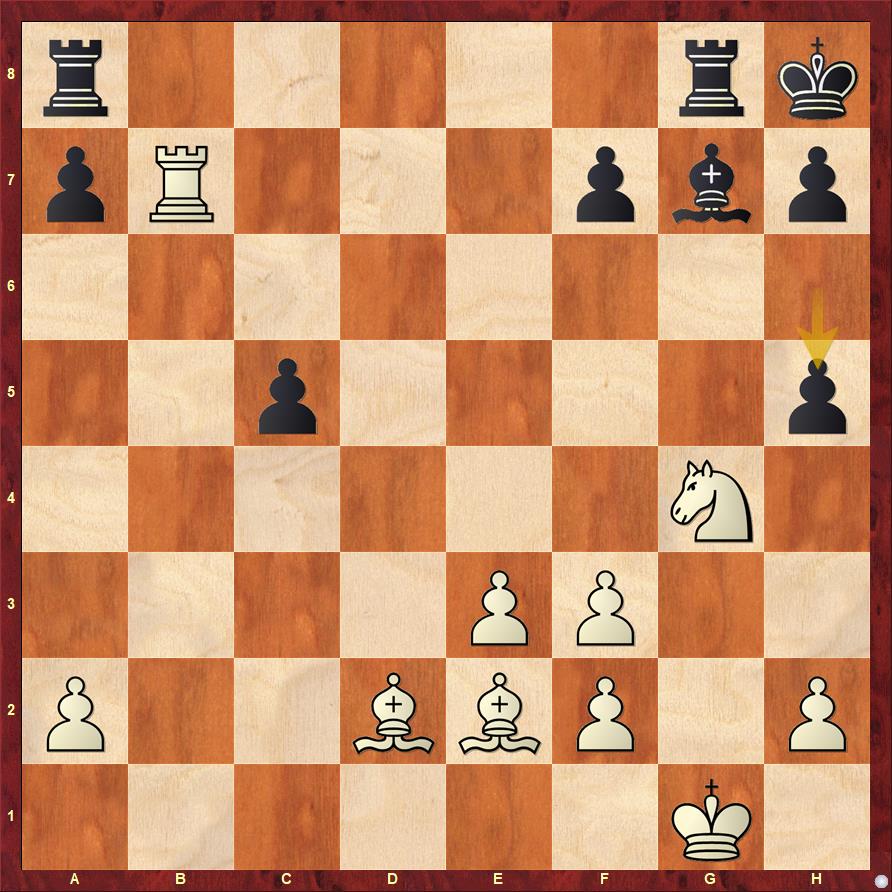
The knight has nowhere to go. The calculations should end around this point. Even without white making his move, hxg4 fxg4 is a position that one has to assess. Once you understand what's going on, you can then decide on the best white move here. Here the most accurate move for White is Bc4! which gives him a small edge. This variation is analyzed in the game annotations below. Wei Yi went Rxf7 and Black managed to equalize there. But for a moment let's pause and have a look at what the 20-year-old Chinese Grandmaster has just achieved.
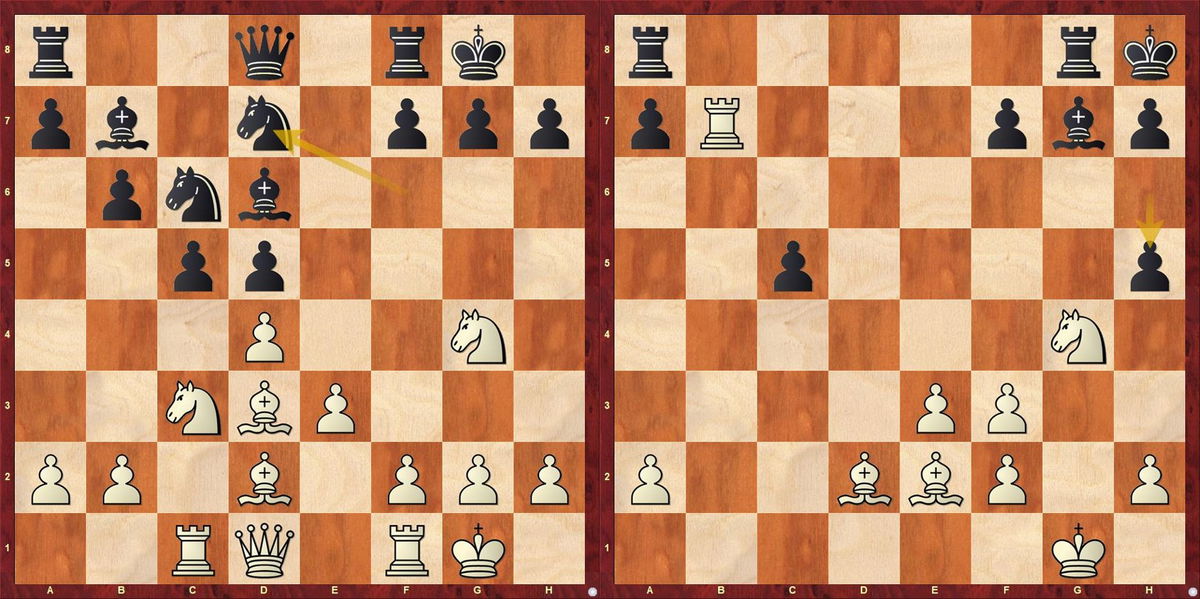
In 35 minutes, Wei Yi scanned through thousands of positions, hundreds of variations and several ideas to come to the final position where he still had some chances to win. This is definitely calculation at an altogether different level. It not only involved seeing powerful moves for yourself like Nh6+!! and Rxc5!! but also defensive ideas for your opponent with ...Nxd4, ...Nf3+ and so on.
The point I want to bring forth is that when these super GMs pause, and think for more than 30 minutes, 35 in the case of Wei Yi, it's not trivial stuff they are looking into. They are going really deep. And calculation as you can see is not just about looking at one variation after another. It involves understanding the nuances, the positional factors, the tactical motifs, the long term strategic concepts, and assessments every now and then and much more. It's a complex process that every super GM has a different way to navigate. A lot of it depends on what they have learnt as youngsters, the process is then tweaked but the method of thinking and calculation almost always stems back to the roots! That's the reason why there could be many super GMs who would navigate through this 11-move Wei Yi line in 35 minutes, but all of them will find different things difficult to figure out. For some understanding that the first position is the key moment of the game and playing Nh6+ might be the tough part, for some looking at opponent's resources with Nxd4 or Nf3+ might not be easy and so on.
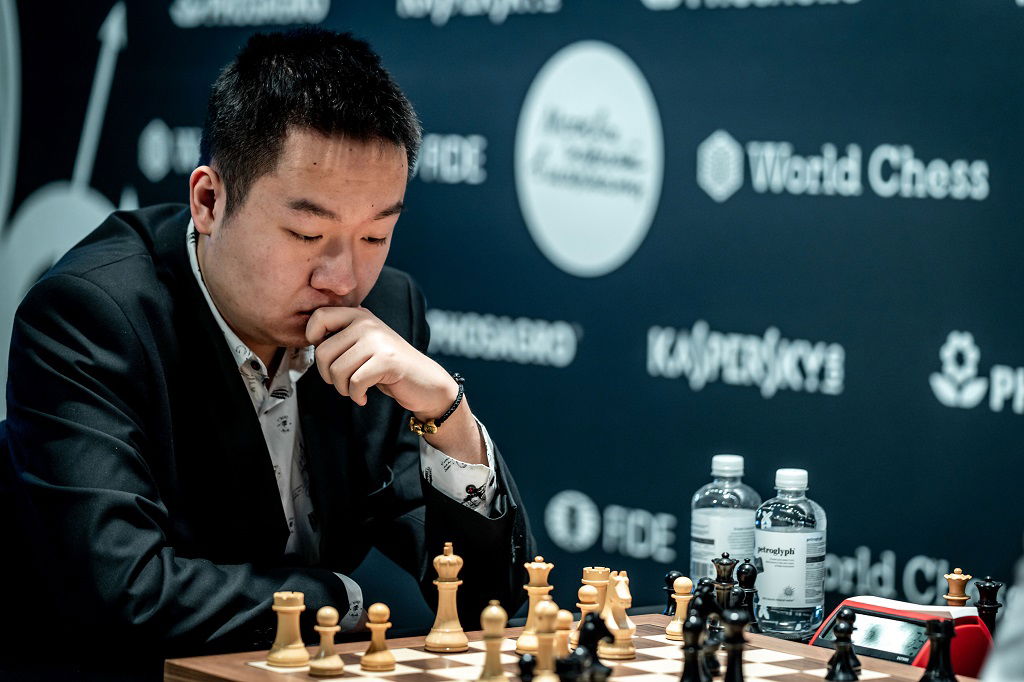
ChessBase India has many resources which can help you to improve your calculation. We list them below, and you might want to get some of them, to begin your journey towards Wei Yi's level of calculation!
Just for the next couple of day, 19th and 20th of December, if you would like to have any of these products, you can get them from our shop at 10% discount using CALCULATION as the discount code while checking out.








































